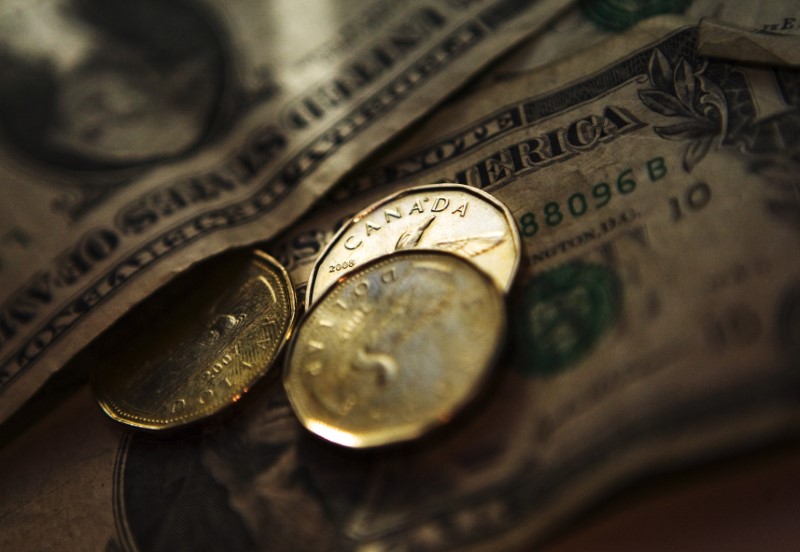Is this U.S.-China selloff a buy? A top Wall Street voice weighs in
Investing.com -- Recent volatility in the USD/CAD exchange rate highlights growing concerns over potential US tariffs on Canadian exports, according to a new UBS report. While the threatened 25% blanket tariff hasn’t materialized, UBS analyst Patrick Ernst emphasized that uncertainty remains elevated as both nations navigate this complex trade situation.
The Bank of Canada has responded to these pressures by cutting its policy rate to 2.75%, citing increased uncertainty from tariff threats. UBS believes this monetary easing provides some economic support for Canada but simultaneously weakens the loonie’s attractiveness from a carry-trade perspective, creating a delicate balancing act for the currency.
Ernst identified that Canada finds itself in a challenging negotiation position with upcoming elections likely in late Q2 and an economy already struggling with high interest rate sensitivity. The nation’s response to new steel and aluminum tariffs remains pending, but will likely mirror US measures, potentially extending the trade tensions that have contributed to CAD’s underperformance against peers year-to-date.
UBS strategists believe markets have been overly complacent about tariff-related risks, despite recent increased sensitivity in the exchange rate. UBS forecasts USD/CAD to revisit 1.46 in the coming weeks as markets price in a higher risk premium, making downside-volatility-selling strategies potentially attractive in the near term.
For long-term investors, however, UBS projects USD/CAD will drift lower toward 1.42 by year-end, aligning with expected broader USD weakness in the second half of 2023. Key support levels sit at 1.42 and 1.40, while the previous 1.46 high represents the major resistance level that traders should monitor as the tariff situation unfolds.
